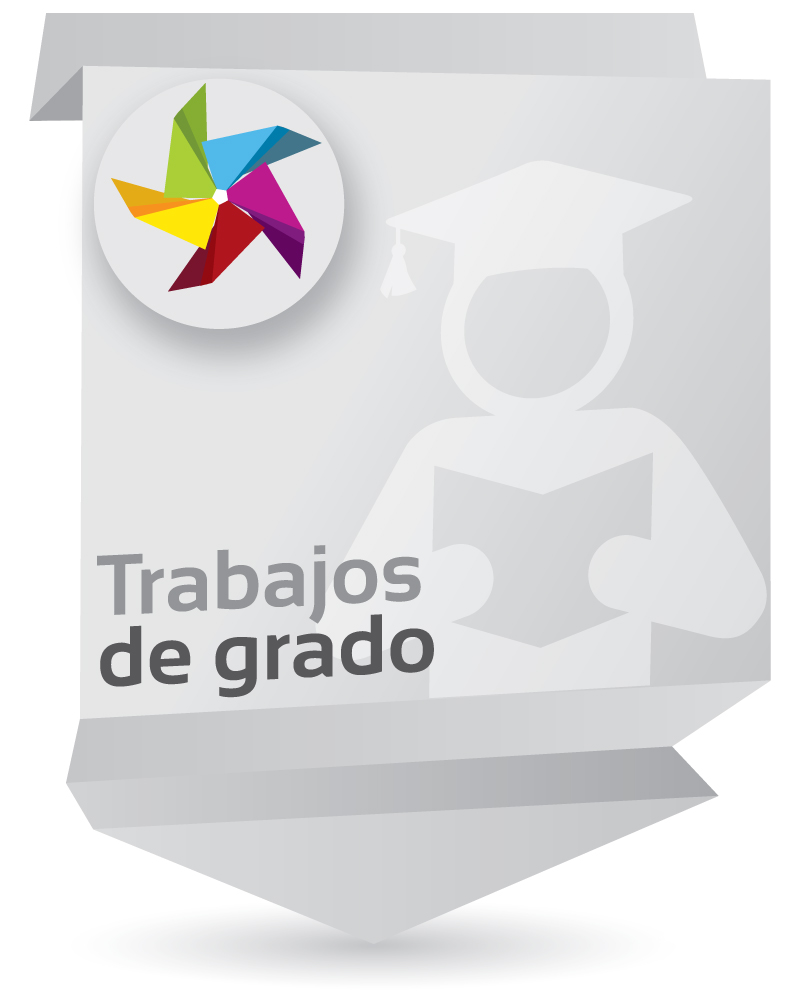Estrategia didáctica mediada por tic para mejorar el nivel de comprensión lectora en estudiantes de la ESVEL

View/
Item Links
URI: http://hdl.handle.net/10818/59503Compartir
Statistics
View Usage StatisticsMetrics
Bibliographic cataloging
Show full item recordAsesor/es
Villareal Buitrago, Maribel VivianaDate
2024-01-24Abstract
Los estudiantes y profesionales deben tener la capacidad de emplear eficazmente las habilidades y competencias lectoras para desenvolverse efectivamente en su sociedad. Esta investigación se desarrolló en la Escuela de carabineros provincia de Vélez (ESVEL), con la compañía Santander a la cual se le realizó una prueba diagnóstica para determinar el nivel de comprensión lectora con el test de Cloze; obteniendo como resultado niveles bajos de comprensión lectora (frustración bajo y frustración pésima). Por este motivo se planificó, se realizó el seguimiento y se evaluó el proyecto mediante la metodología de marco lógico, con el planteamiento de objetivos metas e indicadores donde el objetivo general fue “aumentar el nivel de comprensión lectora de las estudiantes de la ESVEL mediante una estrategia didáctica mediada por TIC”; la estrategia didáctica TIC se encuentra contenida en un recurso educativo digital (RED) conformado por 6 talleres evaluados por medio de una pre test y post test y mediante un diario de campo realizado por los investigadores, evaluado a partir del modelo CIPP o modelo de Stufflebeam. Como resultados se obtuvo un aumento promedio del nivel de comprensión lectora del 46.9% pasando de nivel instruccional-pésimo a niveles instruccional-instruccional e independiente-bueno; Mejorando la motivación lectora, disminuyendo los sentimientos y emociones negativas al momento de realizar lectura. Las principales limitaciones se encuentran en las practicas educativas obsoletas, una baja capacitación TIC de los docentes y la falta de interés de los administrativos docentes por las falencias lectoras de sus estudiantes. Students and professionals must have the ability to use reading skills and competences effectively in order to function effectively in their society. This research was carried out at the Carabineros School in the province of Vélez (ESVEL), with the Santander company, which underwent a diagnostic test to determine the level of reading comprehension with the Cloze test, obtaining as a result low levels of reading comprehension (low frustration and terrible frustration). For this reason, the project was planned, followed up and evaluated using the logical framework methodology, with the formulation of objectives targets and indicators where the general objective was “to increase the level of reading comprehension of ESVEL students through a didactic strategy mediated by ICT”; the didactic strategy ICT is contained in a digital educational resource (RED) consisting of 6 workshops evaluated by means of a pre-test and post-test and by means of a field diary carried out by researchers, evaluated using the CIPP model or Stufflebeam model. As a result, there was an average increase in reading comprehension level of 46. 9%, going from poor-educational to educational-educational and independent-good levels; Improving reading motivation, decreasing negative feelings and emotions at the time of reading. The main limitations are the obsolete educational practices, the low ICT training of teachers and the lack of interest on the part of teaching administrators in their students' reading difficulties.












![pdf [PDF]](/themes/unisabana//images/mimes/pdf.png) Ver documento en PDF (1.890Mb)
Ver documento en PDF (1.890Mb)




